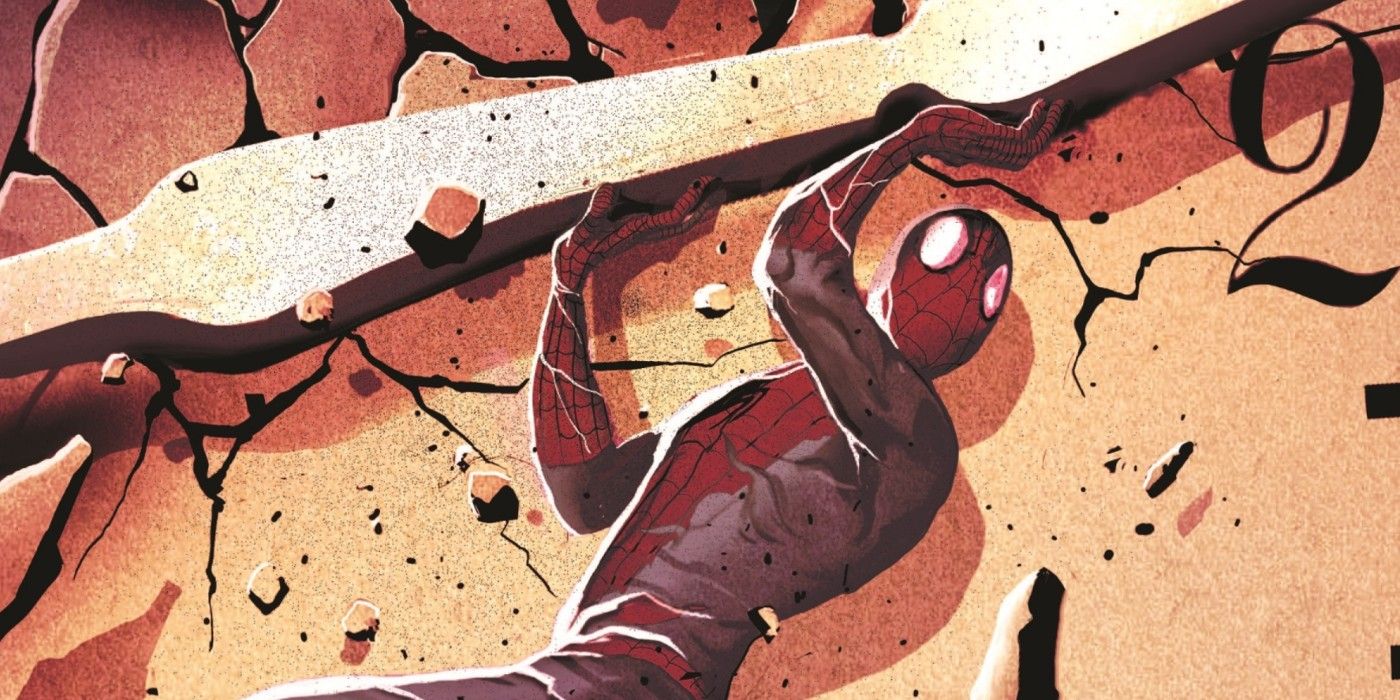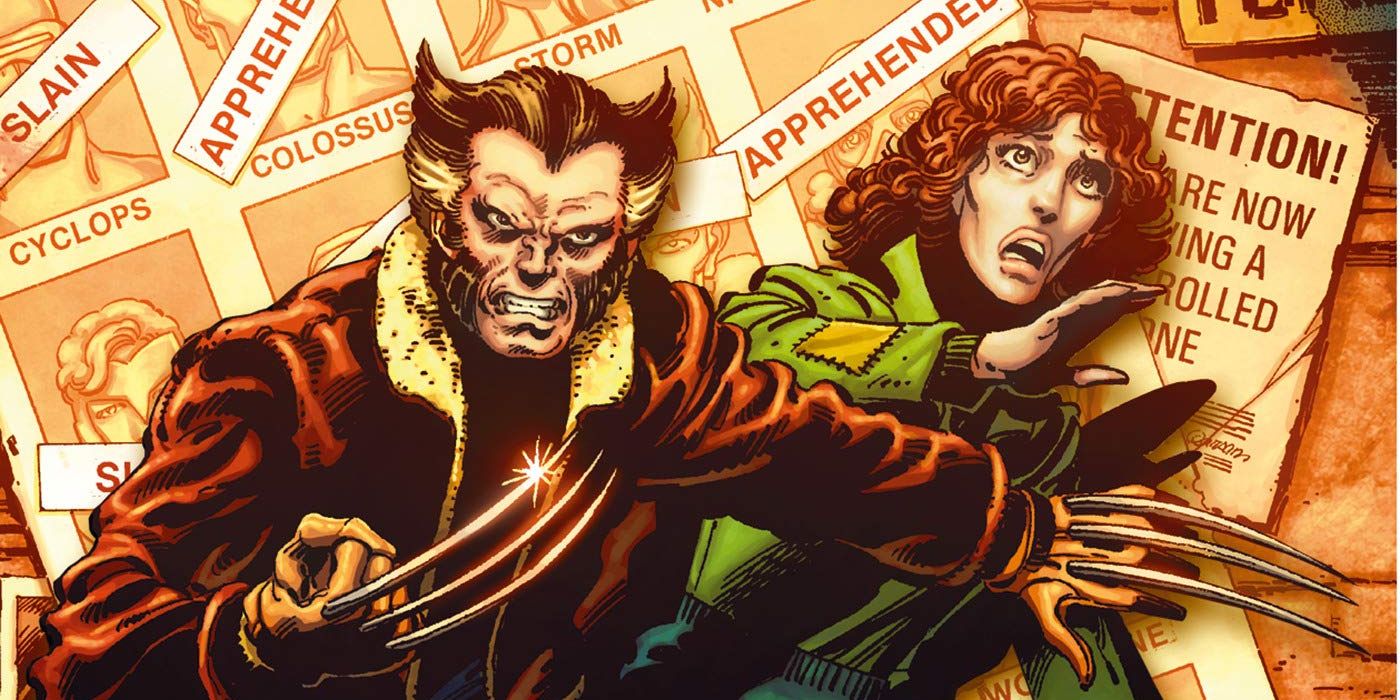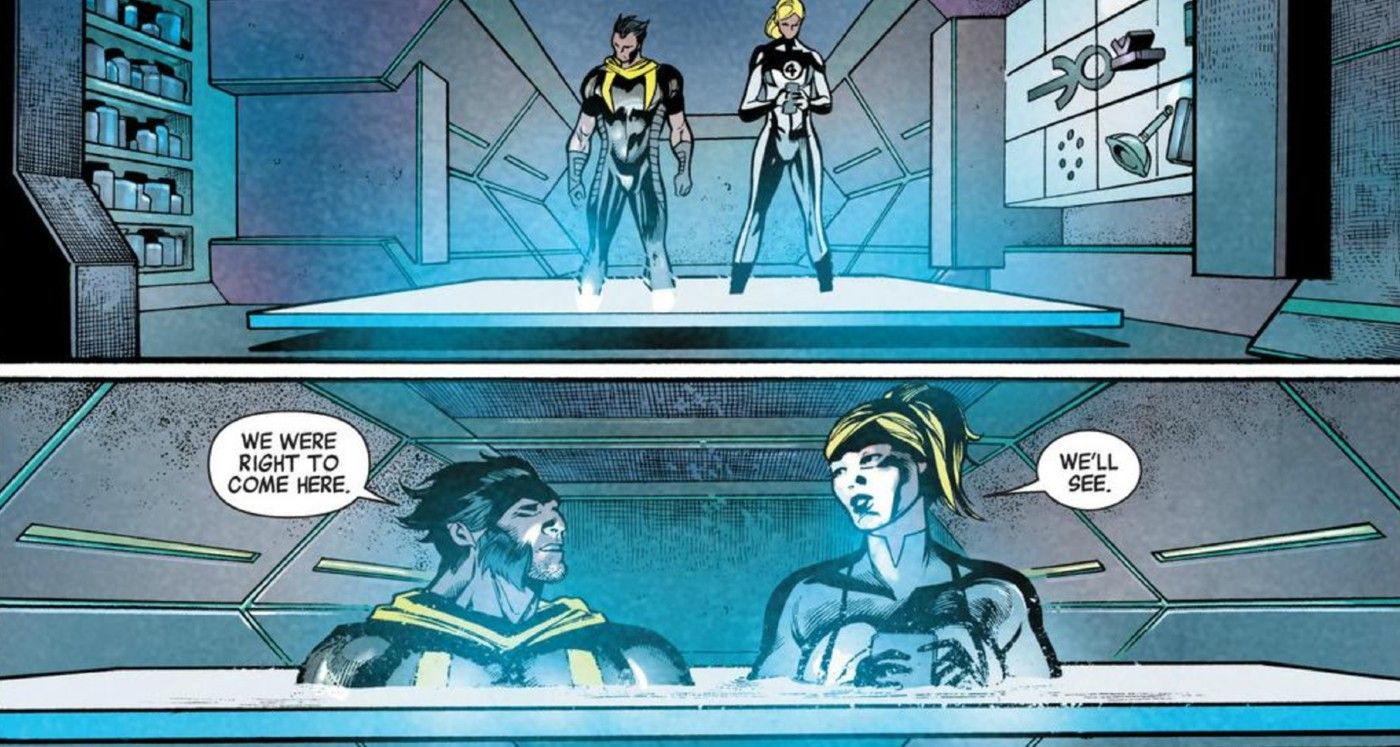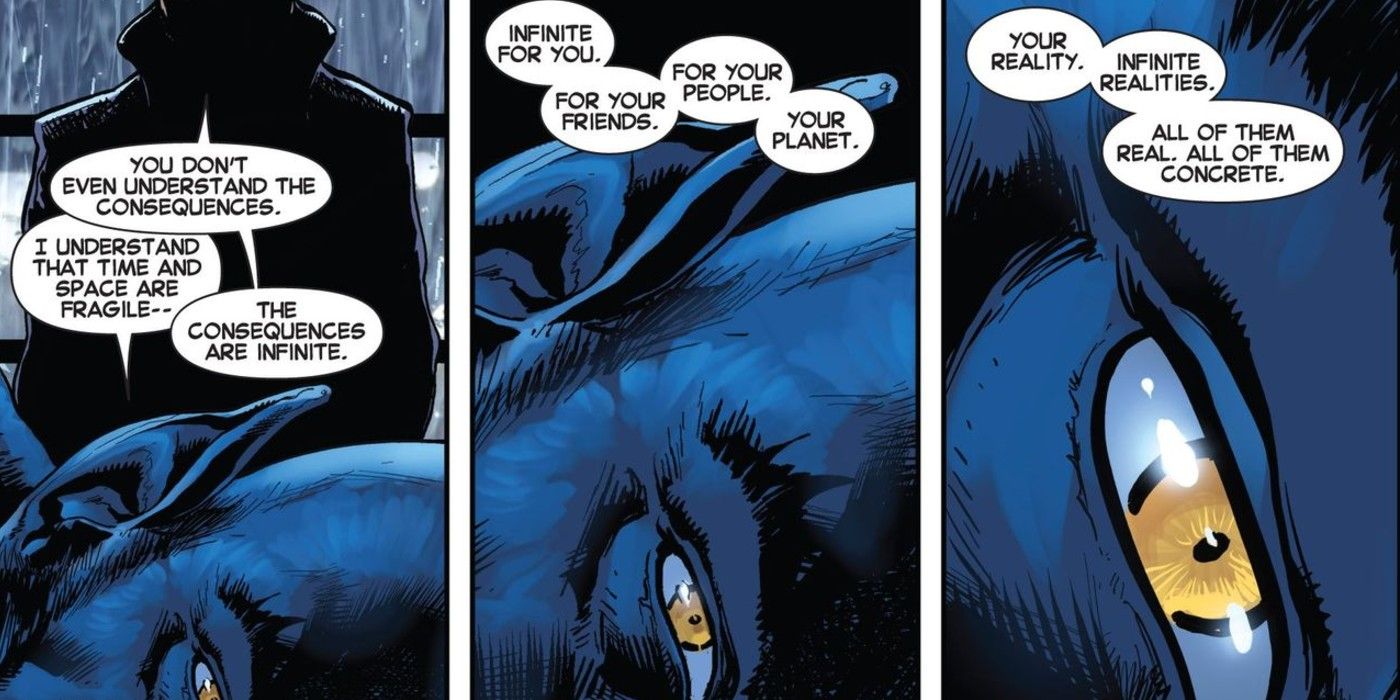Time travel is a hugely important force for the Avengers and the larger Marvel Comics universe. When last year's Avengers: Endgame relied heavily on time travel for the heroes to triumph over Thanos, the actual mechanics of time travel came into question for many fans. Several arcs in the Marvel Universe have used time travel in some way, so is there a difference between how time travel works in the Marvel Cinematic Universe, versus in the original comics?
In Endgame, the remaining heroes who survived Thanos's "snap" constructed a time machine that transported them back to different points in time using the Quantum Realm. After each group returned back to the present with an Infinity Stone, they were able to "snap" everyone killed by Thanos in Infinity War back into existence. With Thanos finally defeated and the universe restored to its original population levels, Captain America went back in time to return the Infinity Stones, only to be discovered as an elderly man in the present by the other Avengers because he had decided to live out his life in the past.
The approach that the Avengers took in Endgame with time travel is drastically different than many storylines from the comics, but for good reason. In Endgame, the Hulk says that the past becomes one's present while traveling back in time, and that one's "former present becomes the past." This explains the reason why there are no major ripples in the fabric of reality once the Avengers are able to stop Thanos. No characters cease to exist in the fashion of Back to the Future. This, however, is at major odds with certain time travel storylines in the comics. In fact, there seem to be multiple ways to travel in time depending on the methodology used to do so.
Days of Future Past
Arguably the blueprint for many of Marvel's time travel stories, the "Days of Future Past" storyline by Chris Claremont and John Byrne in Uncanny X-Men #141-142 (pencils by John Byrne, inks by Terry Austin, colors by Glynis Wein, letters by Tom Orzechowski) takes place in a dystopian future where mutants and superheroes have been hunted down, slain, or incarcerated in internment camps in New York City. A rag-tag group of remaining mutants, including Storm, Colossus, Wolverine, Rachel Summers, and Kitty Pryde, in a last ditch effort to save their future, decide to send Kitty's consciousness back in time to 1980 to foil the assassination of Senator Robert Kelly by the Brotherhood of Evil Mutants. Kelly's assassination led to the proliferation of anti-mutant sentiment, and the creation of the Sentinels, giant robots that systematically wiped out most of mutantkind.
Rachel Summers sends Kitty's mind back to her 1980 self, and while she is able to stop the assassination from occurring, Claremont leaves it ambiguous as to whether or not the future X-Men's actions actually did any good for them. Later stories have confirmed that the "Days of Future Past" world kept existing, suggesting that this form of time travel merely created a new, branched reality rather than rewriting the timeline from which Kitty traveled back. This is by far the most popular depiction of time travel in Marvel lore - since both Marvel and DC acknowledge their core realities exist alongside many others in a 'multiverse', writers tend to prefer to keep any interesting futures around to revisit, meaning that the "Days of Future Past" and "Age of Apocalypse" futures still happened - the time travel merely decides whether they happened to Earth-616, the mainstream Marvel reality. In this way, traveling back in time rarely obliterates a potential future, but it can break the connection between where the Marvel Comics Universe is now and where it's ultimately headed.
Dr. Doom's Time Platform
One exception to this branching approach to time travel appears to be Dr. Doom's Time Platform. A platform that creates a rising field which allows the user to travel through time, the Time Platform is one of Doom's oldest tools. Naturally, the Fantastic Four have used the device many times, and it has brought them face to face with characters from history such as Blackbeard and Caesar, with the events they bring about seeming to apply to their own timeline. The Time Platform was never more vital than when used by the Avengers in Brian Michael Bendis's Age of Ultron storyline from 2013.
In Age of Ultron, the practice of using time travel as a means of rectifying the present becomes deeply unreliable. Set in a future where most of life on Earth is dead after Ultron has taken over the planet, some of the Avengers travel to the future to try to defeat him by using Doctor Doom's Time Platform. However, Wolverine uses the Time Platform afterwards with the Invisible Woman (Sue Storm) to travel back in time and kill the inventor of Ultron himself, Henry Pym. Not surprisingly, killing Henry Pym before he can invent Ultron does not fix the Avengers' problems, as the present that Sue and Wolverine return back to is equally as bad as the one they left, with Morgan Le Fay leading a conquest over the Earth. Once the pair do get things right, the results seem to stick, and they go to great lengths to avoid contradicting major events in the past, apparently making it easier for the new future to truly take hold, rather than just forcing the past to branch off in a different direction. Doom's Time Platform is often discussed as the ultimate time travel device in Marvel Comics, and this seems to be why - it's one of the only methods that changes the future rather than creating a new one.
Hurting Time
Sue and Wolverine's actions in Age of Ultron result in a ripple effect on their present, which is something that does not happen in Endgame. That is because their use for time travel in Age of Ultron is fundamentally different in the first place. Wolverine went back in time in Age of Ultron to kill someone so that his present might change for the better. In Endgame, the Avengers go back in time for the purpose of gathering the Infinity Stones so they can defeat Thanos in the present. Time travel in the film is used to provide the means for rectifying a problem that lies in the present, which is incredibly different from its use in Age of Ultron. Had the Avengers taken an action-based approach with time travel in Endgame, like they did in Age of Ultron, the outcome might have created a ripple effect.
What's so interesting about the time travel in Marvel Comics is that - because it doesn't simply change what happened, but can have a range of consequences - it has a cumulative effect on reality. In All-New X-Men, Hank McCoy, aka Beast, brings the original five teen X-Men forward in time to witness how their futures turn out. While some of the outcomes are positive, Hank is later accosted by Uatu the Watcher (or imagines him as the angel on his shoulder), who asserts that the frequent manipulation of time in the Marvel Universe is damaging the very nature of time and reality - something readers also saw in Age of Ultron, where the huge ripple effect shunted various characters into new realities.
Ultimately, time travel is a tricky force in the Marvel Universe. While some instances of it have resulted in no harm, like Cosmic Ghost Rider achieving his ultimate wish by killing Hitler during World War II in Cosmic Ghost Rider Destroys The Marvel Universe #4, there is plenty of evidence that points to its inherent riskiness. The reason why Endgame does not play out like any other time travel narrative before it is because it takes the approach of finding important, powerful objects from that past that no longer exist in the present, and using them to once again bring balance to the universe. Hopefully one day in the future, the Avengers from the comics will be able to navigate through time just as smoothly as they did in Endgame.




